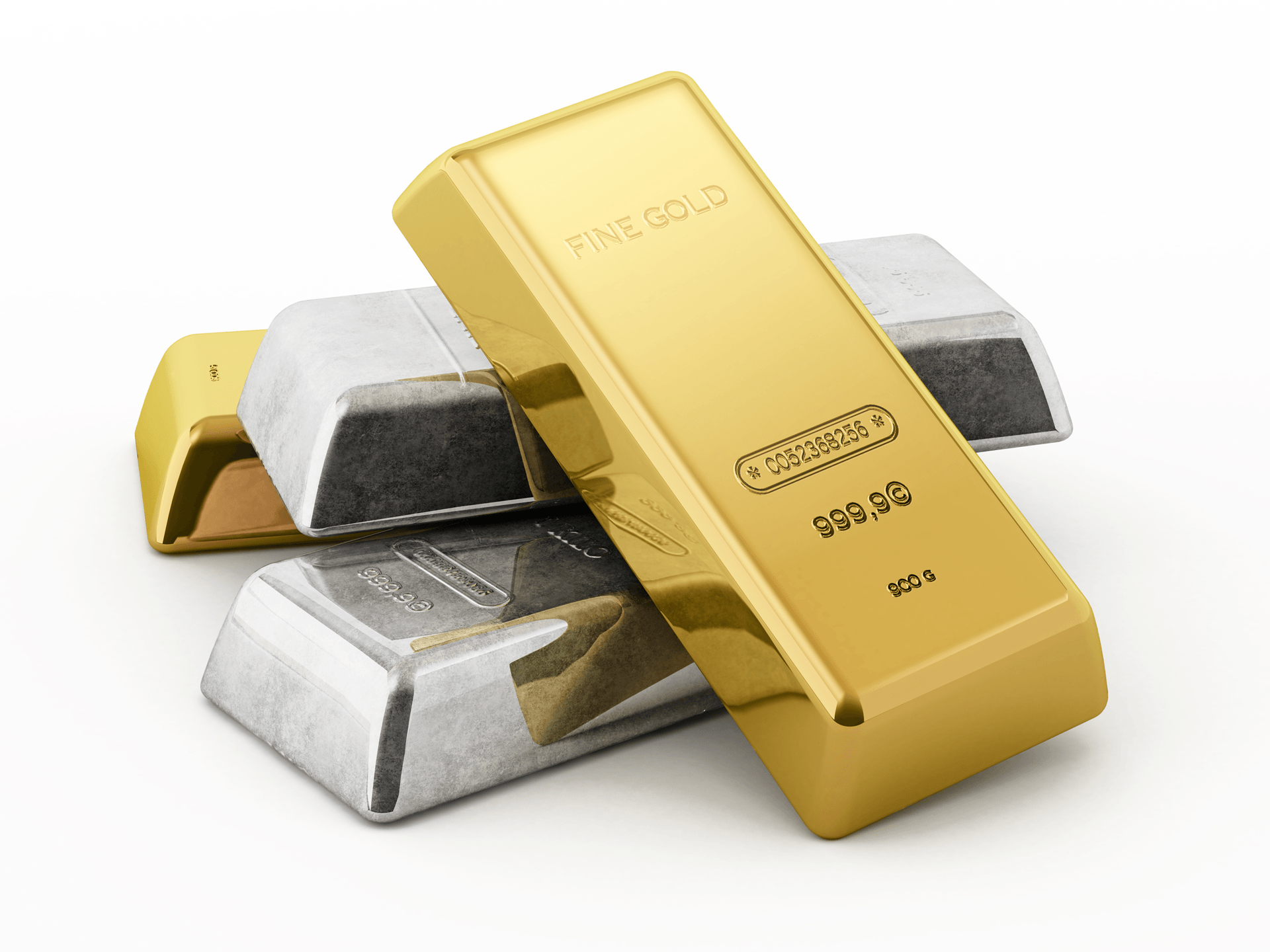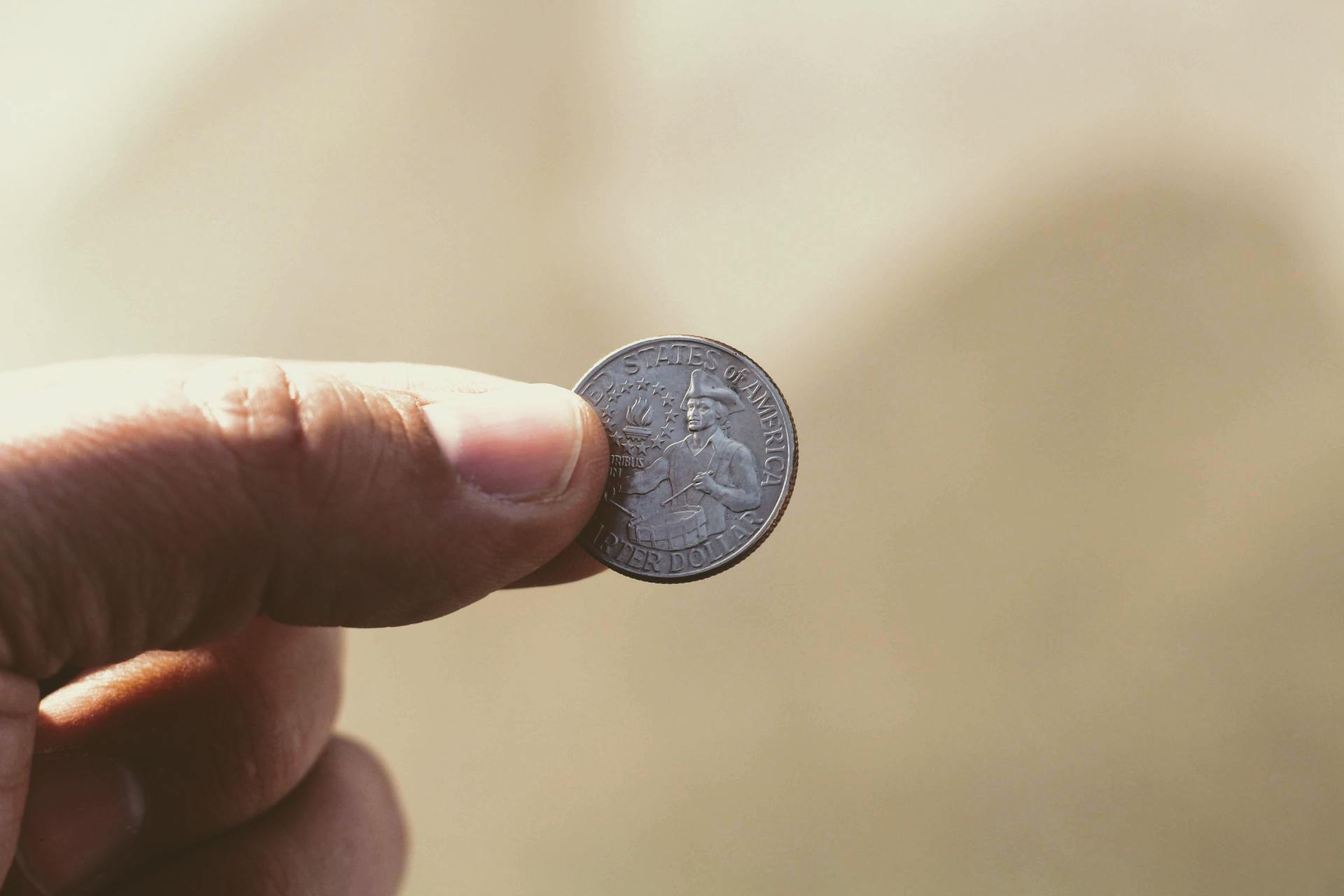Fit For A King
July 15, 2020
The Palace Collection Of 1954
Owing to a financial bankruptcy, which is well documented in other issues of this publication, on April 5th, 1933, President Franklin D. Roosevelt outlawed the private ownership of Gold in the United States. Americans were prohibited from owning more than $100 in gold coins. All gold money was to be turned over to the privately owned Federal Reserve Banks.
On this April day, the U.S mint had on hand $20 gold pieces dated 1933. They were ordered melted. A few, however, had made it out of the mint in, shall we say, less than standard channels. These were quickly recalled to be melted. Those that remained in private hands were deemed contraband and seized by the Secret Service. Nine specimens were accounted for in this fashion. One coin that remained was in possession of the Royal Legation of Egypt. The strategic importance of the region made King Farouk of Egypt, one of the most heavily courted Monarchs by the U.S. State Department. What Farouk wanted, he got, and Farouk was a world-class coin collector. The U. S. government issued him an export license for a coin that was illegal for Americans to own.
By 1953, a military coup resulted in the ouster of King Farouk. A great deal of his property was "seized" in the name of the people. Farouk sought refuge in Monaco. Unfortunately, his coins remained in Egypt as the property of the people. The new regime decided to auction the entire collection. Very well referenced and attended, it was known as the "Palace Collection" of 1954.
Although it was held in Egypt, the cream of America's numismatic community was represented there. Much to the horror of the U.S. government, a coin that was illegal for these Americans to own, the 1933 double eagle, was scheduled for auction in the Sotheby's sale. Applying considerable pressure for sure, the coin was withdrawn at the request of the State Department, thereby avoiding the rather embarrassing disclosure concerning the legality of this coin. It was assumed in the numismatic community that the "illegal" coin was turned over to the U.S. government. There was, however, no evidence that the coin ever returned to the United States. That is, not until British dealer Stephen C. Fenton, owner of Knightsbridge Coins in London, was arrested
in a New York hotel in 1996.
Fenton, a world-class numismatist, was the chairman of the British Numismatic Association, a dealer for 32 years and a life member of the American Numismatic Association. Fenton told a fantastic story. He had been buying coins from the family of a retired Egyptian Colonel. Fenton had obtained over 100 Farouk coins in several private treaty sales. Included in these transactions was the legendary 1933 $20, and its export license. Fenton brought the coin to New York City and was arrested trying to sell it for $1.5 million, to undercover Secret Service agents.
The coin and Fenton became embroiled in a five-year legal battle, followed closely by many observers. Just days before the trial was to begin, a settlement was reached. The 1933 double eagle will go to auction, with the proceeds split evenly between Fenton and the government. This settlement effectively transfers the King's license. All other 1933 double eagles will still be subject to forfeiture. Based on our awareness of the numismatic market, we predict that the price for acquiring this coin could dwarf the $4.14 million paid in August 1999, an 1804 dollar, one of eight. As the only 1933 $20 available, it truly is a coin fit for a King.



